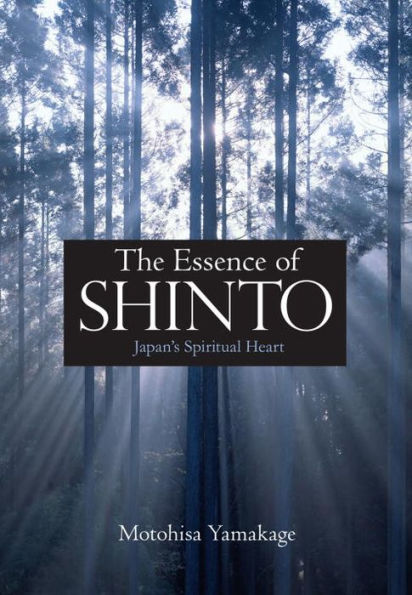In The Essence of Shinto, revered Shinto master Motohisa Yamakage explains the core values of Shinto and explores both basic tenets and its more esoteric points in terms readily accessible to the modern Western reader. He shows how the long history of Shintoism is deeply woven into the fabric of Japanese spirituality and mythology—indeed, it is regarded as Japan's very spiritual roots—and discusses its role in modern Japan and the world. He also carefully analyzes the relationship of the spirit and the soul, which will provide informed and invaluable insight into how spirituality affects our daily existence. Through the author's emphasis on the universality of Shinto and its prevalence in the natural world, the book will appeal to all readers with an appreciation of humanity's place in nature and the individual's role in the larger society.



